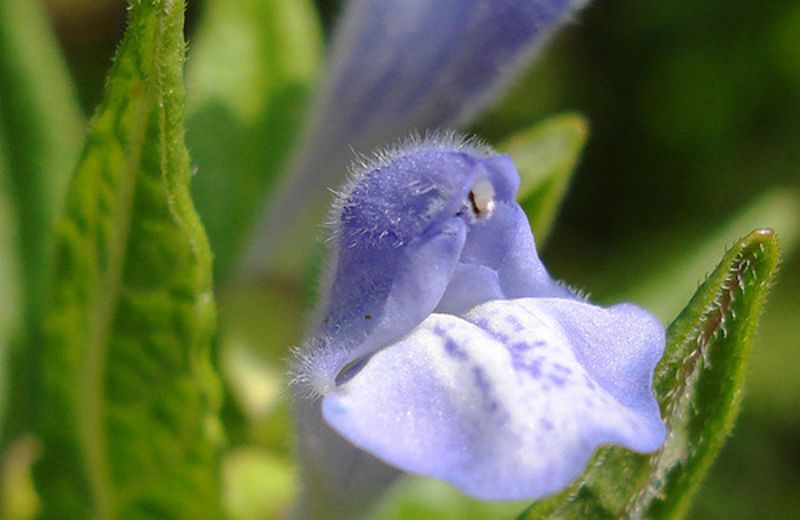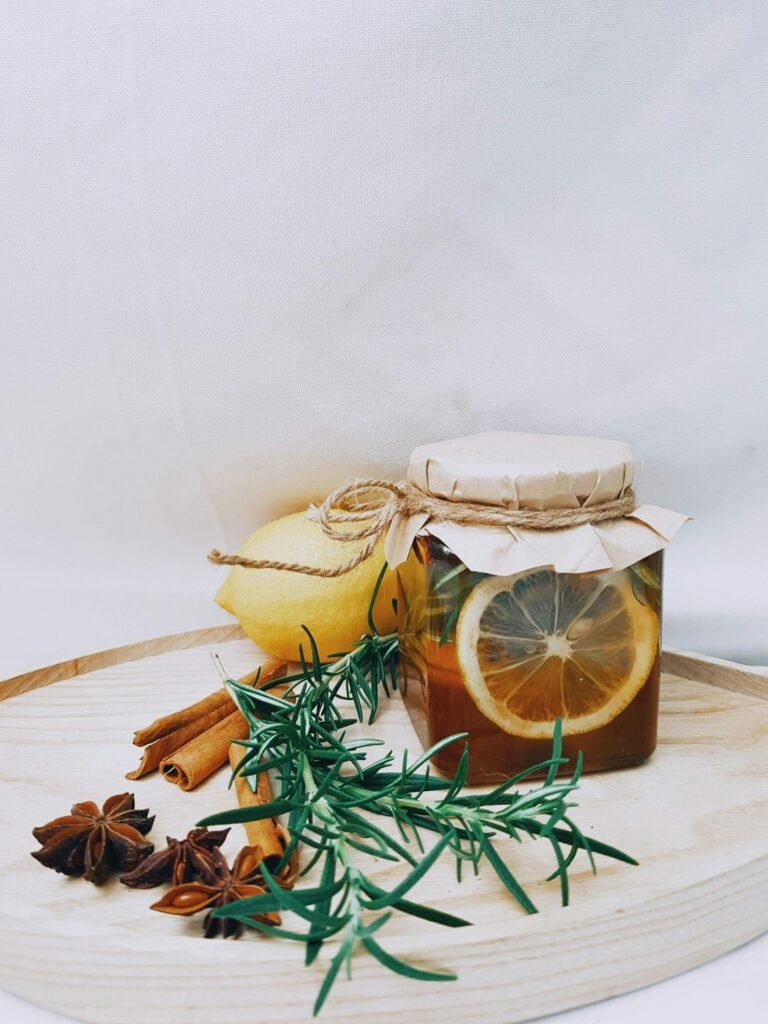The plants of Gemini
Some plants associated with Gemini resemble the lungs in shape and this organ cures ailments; others calm and rebalance the nervous system, as these are the anatomical parts subject to the influence of Mercury, lord of the sign

According to the Theory of Signatures, the Gemini plants are those that have leaves covered with hair and that resemble the lungs, and therefore active on the respiratory tract (also called “air”) , by virtue of their expectorant and soothing properties ; while others act on the nervous system, by sedative or tonic action . In fact, this sign is dominated by Mercury , a planet that in astrology indicates intelligence , alertness, communication skills , learning andquick passage of information .
Gemini is the third sign of spring, mobile (because when the sun enters the house of Gemini, the season is transforming into the next one), masculine and characterized by Air . This element is in analogy with human thought , since thanks to this faculty, man becomes aware of himself, differentiating himself from all other living beings. In the cycle of life, it corresponds to the age of learning: the child, after having experienced, as soon as he is born, the “will” to exist (Aries), begins to appreciate hedonistically the “material joys” (Taurus), so in this period of development, he begins to look around and feels the birth in him need to know the world around him (Gemini). And in fact the Gemini mission is that of the search for knowledge .
The natives of the sign are moved by a great curiosity, which if on the one hand leads them to experiment and conceive always new ideas and initiatives , on the other it can be a reason for loss of interest , especially if the situation becomes more demanding or comes to lack that streak of initial lightness.
Want to know what 2018 will be like for Gemini? Find out here!
The sign of Gemini and the planet Mercury
The Gemini season is the changing and sparkling one , in which nature experiences change , the transition from spring to summer. In the period of late spring, we find that the now fertilized nature takes shape in the unripe fruits .
According to Western astrology, people born under this sign are endowed with adaptability , a quick and brilliant intelligence and a light spirit, in constant motion . Eternal adolescents , in their spasmodic search for new experiences can find it difficult to establish deep and lasting emotional relationships. Their dual nature (represented precisely by the twins) can lead them to forms of hypocrisy and ambiguity .
In the astrological man , the sign of Gemini is associated with the shoulders, shoulder blades, collarbone, arms, trachea, bronchi, lungs ; while the pathologies: diseases of the nervous system, respiratory tract, seasonal allergies .
The master of the sign is Mercury, a fast and agile planet , in Greek mythology it was an intermediary between different worlds . It defines interpersonal relationships and is the principle of communication . The planet governs respiration , cell exchange , nerve transmission : neurons are our nerve cells and we owe to them the fast passage of information and motor-reflex coordination . Typically mercurial characteristics are excitability , impulsivity , nervousness .
The plants of Gemini
Gemini plants are those with hairy leaves , such as mullein; or with a vaporous aspect like those of fennel; or finely divided like dill , which by signature resemble the cilia of the mucous membranes of the lungs . Due to the ancient relationship between plants and planets , even those active on the nervous system are associated with the signs, given the strong influence exerted by Mercury.
- Mullein : the Greek name, phlomos , has a pre-Indo-European root that can be traced back to bhle , which means “to swell”, but also “to shine “. This derives from the fact that the plant was used as a wick for oil lamps since ancient times; also in Akkadian the name of the plant means “lantern”. In phytotherapy flowers and leaves are used, as they are rich in mucilages , flavonoids, saponins, useful in case of cough ; pharyngitis, tracheitis, bronchitis, thanks to their anti-inflammatory and expectorant activityon the respiratory tract. Furthermore, the plant is an effective sedative for the nervous system due to the presence of alkaloids, similar to those of the poppy.
- Scutellaria galericulata : the generic name comes from the Latin scutella which means ” small bowl ” referring to the helmet shape of the chalice; while the specific name from “ galea or galerus ” is related to the winged cap of Mercury . The plant is known as a nerve tonic, as it helps support and strengthen the nervous system , calms and reduces stress , anxiety and depression . It is often prescribed with other sedative plants as a remedy for insomnia, hyperactivity and panic attacks. It is particularly useful in conditions where nervousness causes muscle tension and / or nervous breakdown . In the past it was used in the treatment of epilepsy and delirium tremens .
- Fennel: this plant facilitates all exchanges of the body with the outside world . At the intestinal level, its marked tendency to speed up transits and absorb gases , due to the influence of Mercury, is more concretized. The Roman historian Pliny the Elder loved to exalt its virtues and tells us that snakes ate only fennel when shedding their skin , in order to recover visual acuity, thanks to the sweet juice of the seeds of this plant. Today this property has been denied, however subtle aromatherapy recognizes the ability to stimulate our foresight andclear vision of the future . Its use reduces stress and regulates the entire autonomic system . Its action is essentially protective against the aggression derived from the frustrations of those around us. Fennel favors openness to others with love and joy, entering into harmonious empathy with everyone. The essential oil contained in fennel seeds has expectorant and antispasmodic properties , so it is useful for calming coughs and for treating asthma and whooping cough.
























+ There are no comments
Add yours